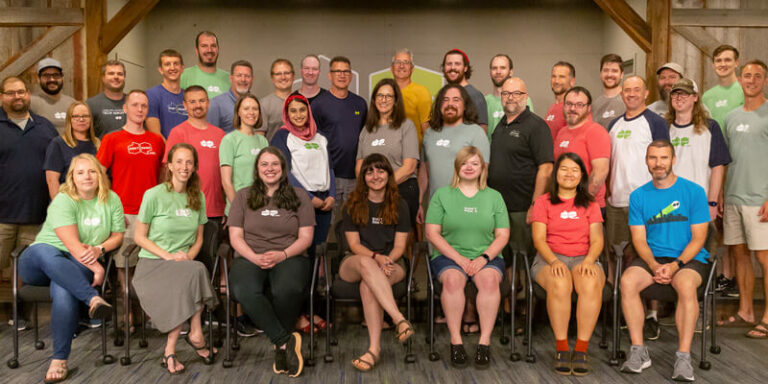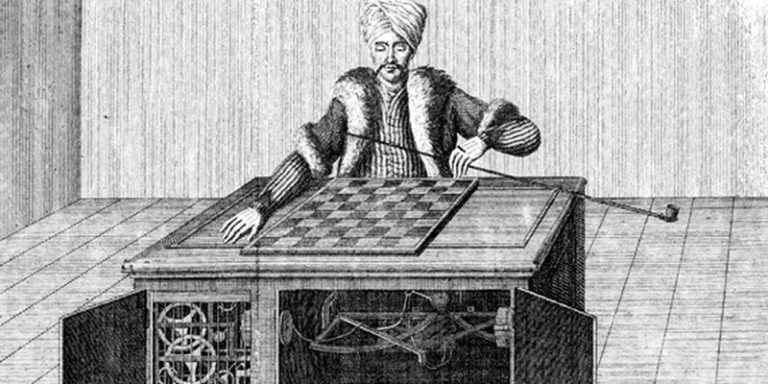Clarke’s Third Law
This summer we are hosting 23 interns at the Don’t Panic Labs office. These interns are placed into four separate teams, with each team tasked to develop a product based around a specific need. Megan Vokal, a member of the GeekSeeQ team, wrote this internal blog post based on her experiences in developing a product that helps locate individuals within an office space.
I solemnly swear that I am up to no good.
Arthur C. Clarke, British writer and scientist, is well-known for his honors and accomplishments. Author of 2001: A Space Odyssey, originator of the idea behind telecommunication satellites, and recipient of the highest National Honor of Sri Lanka, Clarke’s influence extends over both the science and fiction communities. However, he is perhaps most famous for penning his three laws of prediction:
- When a distinguished but elderly scientist states that something is possible, he is almost certainly right. When he states that something is impossible, he is very probably wrong.
- The only way of discovering the limits of the possible is to venture a little way past them into the impossible.
- Any sufficiently advanced technology is indistinguishable from magic.
His third law, in particular, has been the source of inspiration for countless writers of science fiction. In this case in particular, it also provides inspiration for at least one developer of software.
In the world of J.K. Rowling’s famous fantasy book series, Harry Potter, there exists an item known as the Marauder’s Map. Like all fantastical items of power, little explanation behind how the map functions is provided other than “it’s magic”. When made in a fantasy setting, this argument is a given. When seen in science fiction and reality, however, it implies a deeper, more logical reason behind the object’s existence–we just don’t know what it is.
As the GeekSeeQ team began brainstorming our product, answering the crucial questions of what we were going to do and how we were going to do it, I almost instantly thought of Rowling’s Marauder’s Map. Although currently existing technological limitations prevented our system from employing the same accuracy and robustness of her magical device, the concept was fundamentally similar: I want to locate my colleagues on the Hogwarts grounds (aka the Don’t Panic Labs’ floor), and show me where they’re at.
When the idea of a “scrawny, black-haired, bespectacled boy who did not know he was a wizard” first entered Rowling’s mind on a train in 1990, I doubt she was thinking that magical elements of her fantasy world would one day be made possible by technology. But what if she–or someone exposed to her works–was? What other wonderful products could her works inspire, once the technology becomes available?
The idea behind GeekSeeQ originated out of necessity. It was not spawned from Rowling’s books. But it could have been. Just like how the idea behind the Internet could have been inspired by Mark Twain’s writings. While technology will never stop developing from need, maybe we should start a few new technologies by exploring the great imaginations of a time when they weren’t possible. And while we’re at it, let’s keep encouraging the writers of the present to produce works that might inspire the scientists of the future.
Mischief managed.



